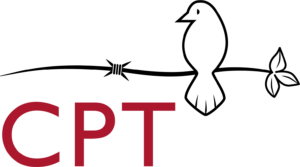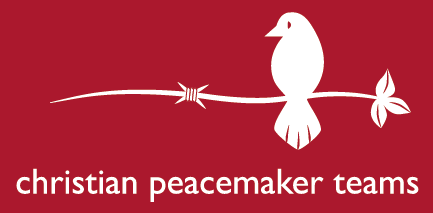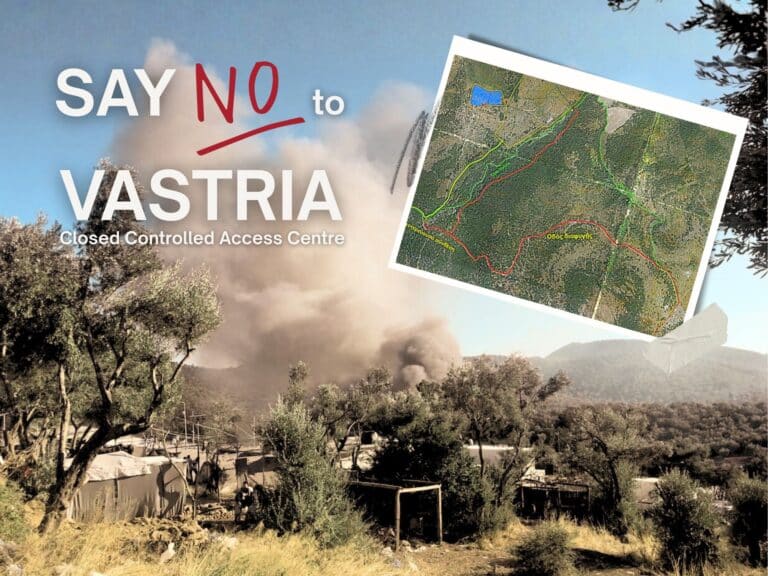by Eileen Hanson
At-Tuwani lies at the edge of the Negev desert, so water is a major concern here. Normally the winter rains fill cisterns in the area, which supply water through the dry summer months. People depend on cistern water for their flocks, for household cleaning and bathing. The well is the village source for drinking water. All the cisterns are empty now, and the water level in the well is very low.
Water has always been scarce in this arid region. But people have been living here for thousands of years and have developed ways to meet the challenges of the environment. Things, however, have changed in recent years. Twenty years ago, the settlement of Ma’on was established on land belonging to families living in at-Tuwani. Settlers have taken over many of the cisterns and now Palestinians are either physically unable to access them, or fear violence if they approach what was once theirs.
The settlement of Ma’on, with its green manicured lawns, irrigated fields and orchards, draws water from the underground aquifer that supplies this entire area, and is responsible for sucking away the water from at-Tuwani’s village well.
Throughout the West Bank, settlements are taking the lion’s share of water. According to some estimates, settlers consume eight to nine times as much water as Palestinians. Just by looking at the contrasting lifestyles of at-Tuwani residents and the settlers at Ma’on one can see that settler use of water is out of tune with the environment here. Worst of all, it is destroying the possibilities for others to sustain even the simplest life here.
People in at-Tuwani do not want water to fill up swimming pools. They simply want enough water for drinking, bathing and to sustain their flocks. Local Palestinians continue to live a life close to the land and respectful of the resources. It is the settlers who refuse to admit that they are living on the edge of the desert and adapt accordingly.


